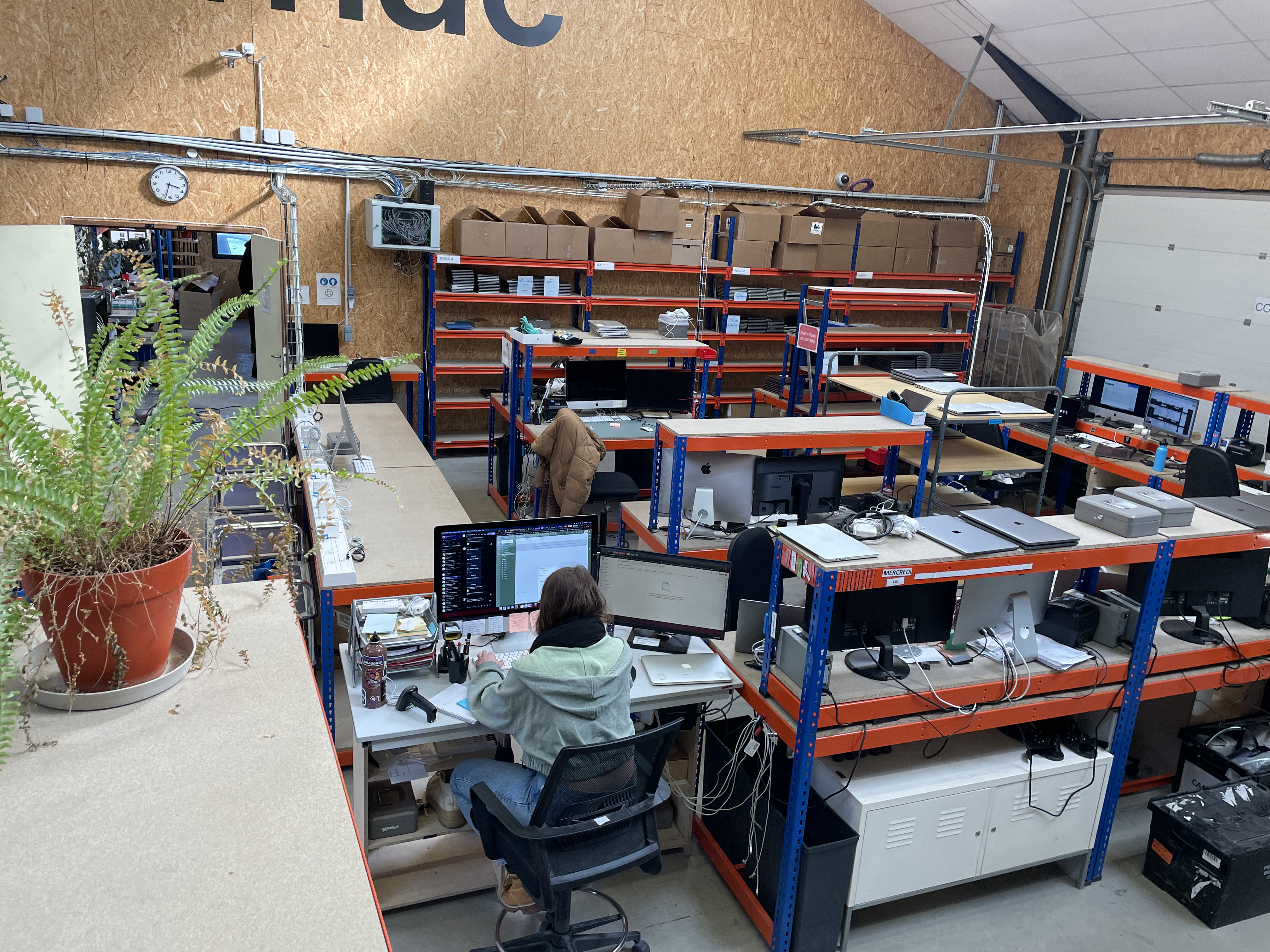Our impact
Hertfordshire Student Housing: BREEAM Outstanding
Delivering A Vision Of Sustainable Living
A unique public-private partnership has turned the ambitions of Hertfordshire University’s estates plan into reality: delivering accommodation for 3,000 students with an ‘Outstanding’ BREEAM rating for sustainability
Students
3,000
New buildings
21
The University of Hertfordshire can boast some of the best accommodation for students in the whole of the UK. On the University’s College Lane campus in Hatfield, a complex of 21 new buildings with room for 3,000 people was completed in 2016. The new development was subsequently rated Outstanding by the Building Research Establishment’s BREEAM method of scoring environmental credentials.
Overall, the layout of the complex has been devised with quality of living in mind. Residential blocks are arranged in colleges, each of which has its own semi-private courtyard. The five collegiate groups of buildings are positioned around a shared central student hub, which contains a common function room, a 24 hour gym and reception area.
Students living in the residences are benefitting from high levels of natural light and ventilation, plus very good air quality and acoustic performance within the buildings, among other things in an impressive list of design features.
Excellent energy performance designed into the buildings means a significant saving on operational running costs. Data from the first year of full occupancy, in 2016/17, shows electricity consumption at 1,086kWh per bed space. This compares with 1300-1600kWh at other accommodation sites. Water consumption also measures up well – at 42.3 cubic metres per year, in comparison to the 51 cu.m normally expected for modern en-suite accommodation.
But it was not always like this. Prior to 2012, Hertfordshire University was suffering a shortage of residential accommodation and many of the buildings it did have on its Hatfield campus were in urgent need of modernisation and refurbishment.
A masterplan had been drawn up for what was wanted. An Estates 2020 Vision mapped out the University’s ambitions for rebuilding or refurbishing almost all of its academic facilities over the Hatfield site. The residential estate was the platform from which the University hoped to launch its long-term modernisation plan.
For turning the vision into reality, a long-term partnership was formed between the University and the Uliving@Hertfordshire project company, which has Meridiam as a principal investor, partner and shareholder. Under the terms of its concession agreement, Uliving took on responsibility for the design, construction and financing of the University’s new accommodation complex, and its maintenance and management for 50 years.
Meridiam also had its UK arm, Fulcrum, involved in the Uliving@Hertfordshire project, as Fulcrum’s Christian Stanbury and Uliving@Hertfordshire’s CEO explains.
“Our role was very much in driving the delivery of the project and ensuring that the investment had a positive impact on the community and students’ residential experience,”
Christian Stanbury
Uliving@Hertfordshire’s CEO
As the work progressed, it became critical for us to maintain liaison and good communication between all stakeholders. This helped to ensure both the design and construction of the buildings and their operation and maintenance met the project’s objective, which was essentially to deliver the University’s vision for its residential estate.”
The BREEAM aspects of the Estates 2020 Vision were stipulated up to a rating of Excellent as a condition of the development’s planning consent by Hertfordshire County Council. However, the University decided to go further than this, aiming for a bestin-class rating of Outstanding.
Chris Waters is the head of residential and property management in Hertfordshire University’s Estates team. He says the Outstanding BREEAM rating was a “delivery musthave” of the project from the outset.
“This came about partly because sustainability was high on the agenda for the whole university. Reducing carbon footprint was a vital strategic aim.”
Chris Waters
Head of Residential and Property Management in Hertfordshire University’s Estates team
“As an academic institution at the forefront of research and development in sustainable technology, it was important to practice what we preach; and it was decided ‘if we’re going to do this, then we’re going to do it right’,” Waters says. Getting it right meant aiming for a very high standard of design and construction. Quality of life for students on site is enhanced by the standard of rooms available and the development’s parkland landscaping, planting and facilities provided to encourage cycling, as well as the air quality and acoustic aspects.
There are monetary reasons for all this too. For a large site that generally demands a lot of heating and power, having 21 residential buildings rated Outstanding for energy and lighting efficiency produces major benefits for electricity and all utility costs. Research on the subject has shown that while achieving high BREEAM ratings typically adds 2% to construction costs, the payback on the investment usually comes within two to five years. It is still too early to assess this at Hertfordshire, but the figures for electricity and water consumption above show savings are already being seen. Cost efficiency is expected to increase further now the new renewable energy centre being completed in June 2018 which will supply heat and electricity on site for future years.
The project’s financial model is predicated on providing accommodation that will be sufficiently full to provide a return on the investment. Collection of rental payments from tenants is the University’s responsibility, but the demand risk is entirely with Uliving@Hertfordshire. The University is also a 13% shareholder in Uliving.


